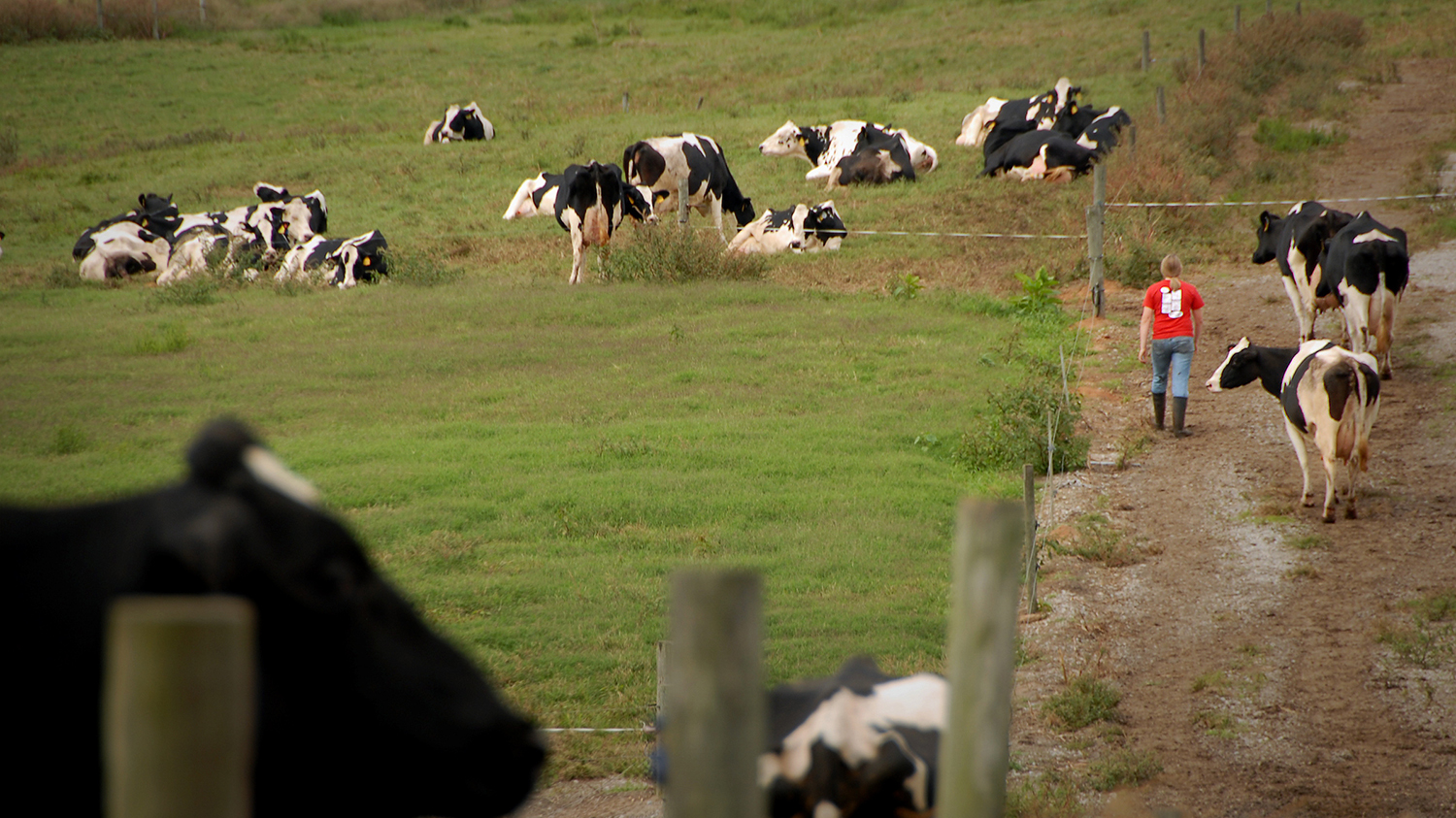By Mike Walden
At the numerous presentations I give during the year, I am frequently asked this question: What is the most important issue facing the country? Since I know the question is coming, I’m always thinking about it. Also, since I’ve been making public presentations for almost half a century, my answer has often changed.
What is my current answer? I think the most prominent issue today is ensuring we have a training system in place that qualifies workers to perform the tasks needed in the future.
Notice the words I’ve chosen. I used “training system” instead of “education” to emphasize that there are ways of learning skills in addition to formal education programs.
Also, recognize I used the word “tasks” rather than “jobs” or “careers.” This, too, was on purpose. As I will explain, many experts think modern technology will eventually divide many jobs into tasks done by machines and tasks performed by people.
The major reason I assert our training system for the tasks of the future is our most pressing issue is because I think both key components of my statement, training and tasks, are facing pressure to change. Consider the formal educational system, which dominates today’s broader training system. Many K-12 schools are struggling to recover from the educational losses suffered during COVID. Also, many K-12 schools are still trying to find educational methods and tools that can achieve success for all students.
At the higher education level, the two big issues are relevance and cost. Recently, more employers — one survey found half — have concluded college degrees are no longer needed for many jobs. At the same time, the surge in college tuition and accompanying student debt are putting higher education out of reach for many young people.
While questions about training are being asked, technological developments appear poised to change the nature of work in a dramatic way. Of course, this is not new. Beginning at least 300 years ago, the creation of machinery and new tools changed what workers did. The most recent version of this was the development of the computer. I’ve had a front row seat to watch the implementation of the computer in numerous jobs, including mine as a college professor.
But many observers say the next phase, artificial intelligence (AI), will generate impacts we’ve never seen before. The new and unique impact of AI is that it will be able to accomplish cognitive tasks, something that up to now only humans have been able to do.
The conclusion is the workplace will be shaken up like never before. There will be a re-sorting of the work tasks humans do and the work tasks that technology — specifically AI — will do. For people, this means a big change in the training we will need for the redesigned human tasks.
This is why I believe understanding the restructuring of workplace tasks and the necessary training for humans to do those tasks pose our most important future challenge.
It shouldn’t be surprising that there are pessimists and optimists about our ability to succeed with this challenge. Some pessimists see traditional technology combined with AI ultimately performing most of the work tasks needed in the economy. Hence, there will be little work left for humans. As a result, most households would need to be supported with public financial payments. Education and training would be confined to teaching people how to enjoy life and pursue hobbies. While some may consider this result desirable, pessimists argue such a lifestyle would leave a void of purpose that most humans need.
The optimists think human work will not disappear, but it will be very different. Perhaps ironically, many optimists predict the very technology generating the job disruption, AI, could be used to quickly train workers for new tasks.
How would this happen? One idea is using AI to create personalized learning instructors for students, potentially for all levels of education. The AI tutor would use information about the student’s academic strengths and weaknesses to develop customized learning programs implemented at a pace specifically for the student. Rather than a one-size fits-all method of teaching, the AI tutor would be the ultimate in a “specific size for each student” approach.
In the fast-paced changes anticipated in the future job market, there is also a worry that educational institutions won’t be able to adapt quickly enough to the new tasks workers will perform. As a result, some experts anticipate more companies training their hires on the job. Many higher education programs would then focus primarily on basic skills like communication and use of technology. As a result, the average time spent at a college or university could be reduced to one or two years. But would this limit students’ exposure to broader topics, like history and literature, and what would be the consequences?
Of course, most of this discussion is speculative. Still, I think there is a coming overhaul of education and training as a result of the upcoming disruption in the labor market due to technology like AI. Do you think this is the biggest issue facing us in the future, and if so, how should we respond? You decide.
Mike Walden is a Reynolds Distinguished Professor Emeritus at North Carolina State University.
- Categories:



